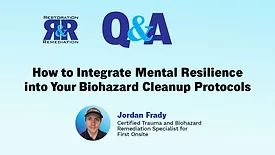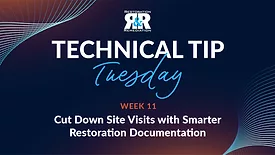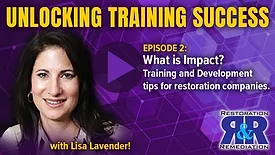Home » Keywords: » employee training
Items Tagged with 'employee training'
ARTICLES
Ask the Expert
Jordan Frady shares his insights on biohazard safety, misconceptions and emotional well-being
Read More
Technical Tip Tuesday Presented by DocuSketch
Cut Down Site Visits with Smarter Restoration Documentation
Capture key documentation with full tours and moisture readings to save you time, improve transparency and reduce jobsite visits
Read More
Closing the Restoration Skills Gap with Training for Tech, AI and Customer Care
Why evolving training models and soft skills are more critical in today’s tech-driven restoration industry
Read More
Ask the Expert
Military Leadership Lessons for Restoration Success with Joe Bennett
Joe Bennett shares his expertise on discipline, sustainability and team development in the restoration industry
Read More
Ask the Expert
From Laborer to Leader: Jesús Miranda’s Restoration Journey
Jesús Miranda shares his rise in restoration, leadership lessons and the power of purpose-driven work
Read More
Unlocking Training Success
What is Impact? Training and Development Tips for Restoration Companies
Read MoreUnlocking Training Success
Tips on having a better ROI and training culture for your Restoration Company
Read MoreStay ahead of the curve with our newsletters.
Get the latest industry updates tailored your way.
JOIN TODAY!Copyright ©2026. All Rights Reserved BNP Media.
Design, CMS, Hosting & Web Development :: ePublishing















